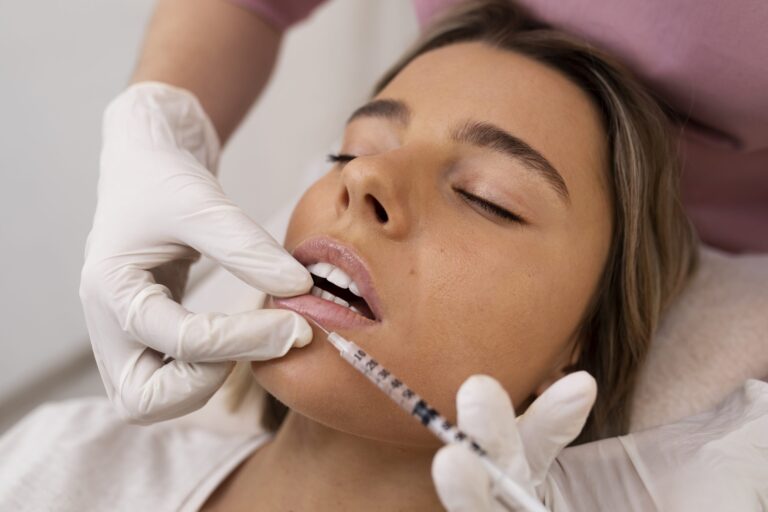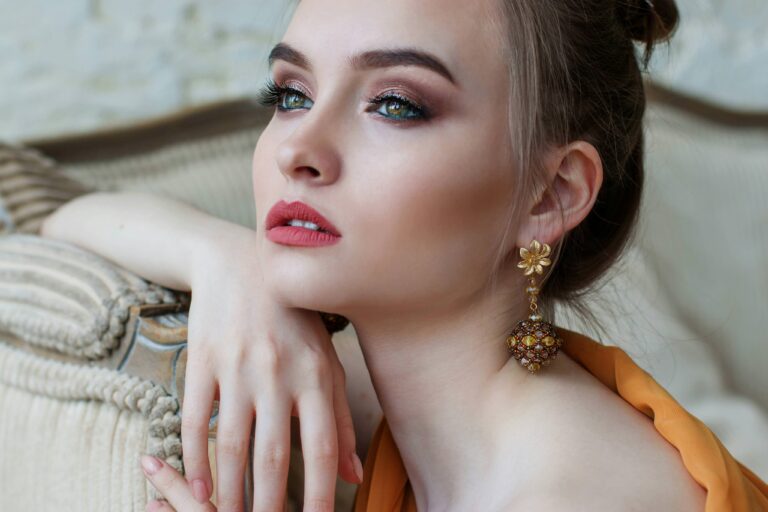In semi-permanent makeup, two techniques have taken the beauty industry by storm: Microblading Vs Microshading. As more and more individuals pursue perfect eyebrows without the daily hassle of makeup application, these two methods have emerged as popular choices. Though they may appear similar at first glance, microblading and microshading have notable differences, making each technique suitable for different preferences and desired outcomes. By delving deeper into the nuances of these innovative procedures, we can better understand their functionality, allowing us to make a well-informed decision when choosing between the natural, hair-like strokes of microblading or the soft, powder-like effect of microshading.
Difference Between Microblading and Microshading/ Microblading Vs Microshading
Two popular techniques stand out for achieving perfect, natural-looking eyebrows: microblading and microshading. Understanding the difference between these two procedures is crucial in helping you decide which technique is best suited for your desired look. At first glance, microblading appears similar to tattooing, utilizing tiny, fine strokes to mimic the appearance of individual hair strands – creating a more realistic and defined eyebrow shape.
On the other hand, microshading involves the application of tiny dots of pigment to the eyebrows, giving the final result a softer, powder-like finish reminiscent of makeup. While both methods are semi-permanent and require a skilled professional to achieve the desired outcome, microblading is typically recommended for those seeking a more structured and defined appearance. In contrast, microshading is ideal for individuals looking for a subtle, makeup-like effect; for more details, stay between the lines to learn more about the differences between microblading and microshading.
- Microblading involves creating small, hair-like strokes in the skin using a handheld tool and pigment. This technique creates a natural-looking, defined eyebrow shape. Microshading involves using a small needle to create a soft, powdered effect by depositing pigment into the skin in a stippling motion. This technique creates a fuller, more dense-looking eyebrow.
- Microblading creates natural-looking, individual hair-like strokes that mimic the look of real eyebrow hair. It is best suited for those with heavier brows who wish to shape them and fill gaps or scant arches. Microshading creates a soft, powdered effect that adds density to the eyebrows, making them look fuller and more defined. It is best suited for those with heavier brows who wish to shape them and fill gaps or scant arches.
- Microblading involves making small incisions in the skin, which can cause discomfort and require a longer healing time. Microshading is a gentler technique that does not involve making incisions, making it less painful and requiring a shorter healing time.
- Microblading typically requires touch-ups every 12-18 months, while microshading may require every 2-3 years.
- The cost of microblading and microshading can vary depending on location and the technician’s experience, but generally, microshading is slightly more expensive than microblading.
The choice between microblading and microshading depends on the desired result and individual preferences. A consultation with a licensed and experienced technician can help determine the best technique for your needs.
Microblading Healing Process
The healing process is crucial to this procedure and is significant in the final results. Once the microblading artist has meticulously etched fine hair-like strokes into your skin using a specialized tool, your eyebrows will gradually go through several stages of healing. This typically lasts around 4 to 6 weeks and requires extra care. During this time, you’ll notice scabbing, flaking, and some color changes, but don’t be alarmed—this is all part of the body’s natural healing response.
To achieve the best possible outcome, you must avoid picking or scratching at the treated area and follow your artist’s recommended aftercare routine. By approaching the microblading healing process with patience and diligence, You’ll soon be able to show off nicely groomed brows that may last a year or more.
For detailed information about microblading, feel free to visit BeautyBorn MedSpa and book your first appointment with our team of medical professionals.







